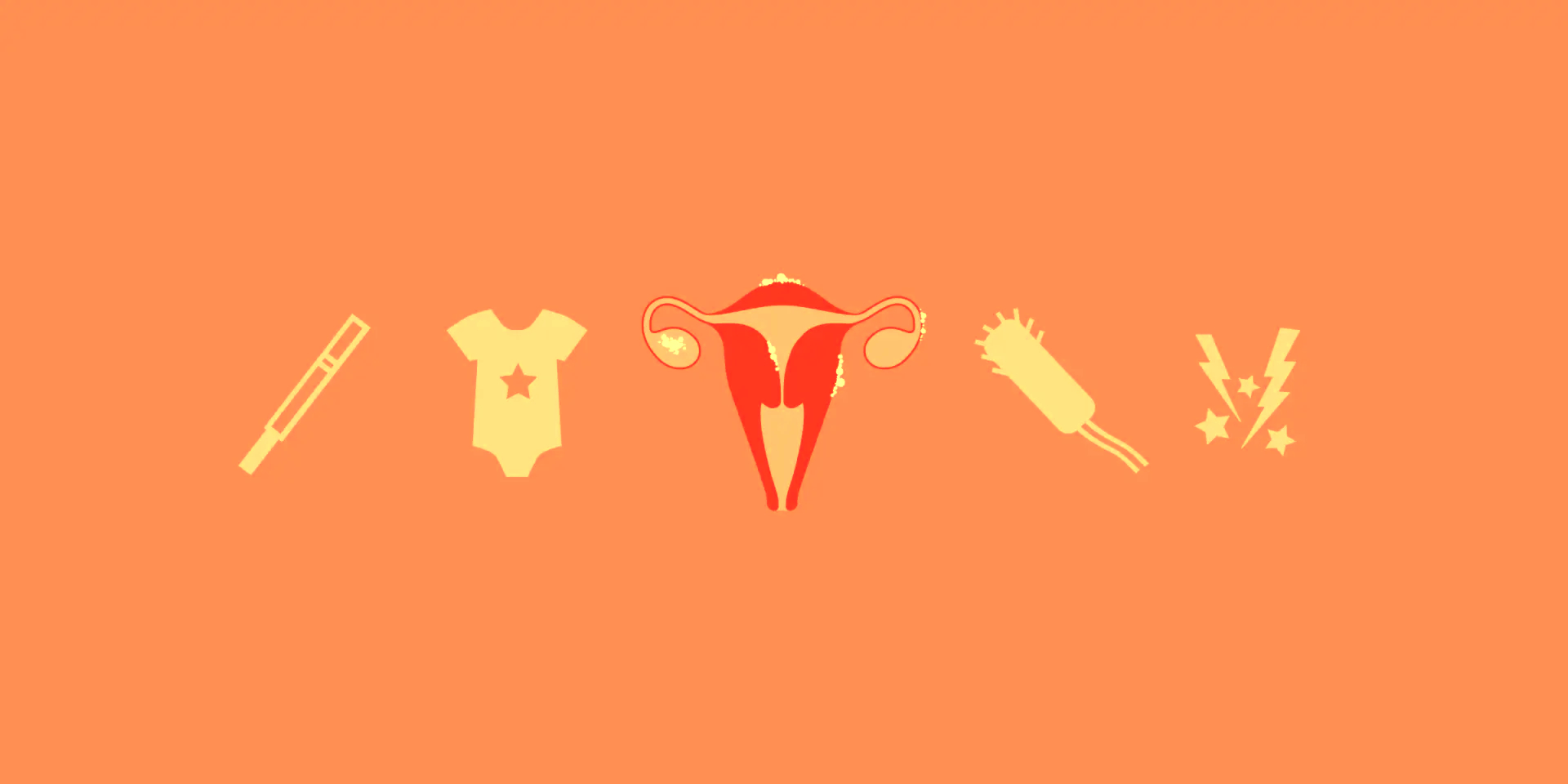March is Endometriosis Awareness Month

Endometriosis (or you may hear it referred to as endo) is a common condition that affects about one in 10 women. It is a condition where tissue similar to the lining of the endometrium, which normally lines the uterus, is found in abnormal sites around the body. Most often though, endometriosis is found in the pelvis. These deposits can cause a number of symptoms such as pelvic pain and infertility.
We are lucky at Flinders Fertility to have Professor Neil Johnson on staff who served as President of the World Endometriosis Society from 2017-2021. Prof Johnson developed lipiodol uterine bathing and tubal flushing as an evidence-based effective technique for improving fertility for women with endometriosis and works with patients with the most complex cases of endo.
Common symptoms of Endometriosis
- Fatigue.
- Pain that stops you on or around your period.
- Pain on or around ovulation.
- Pain during or after sex.
- Pain with bowel movements.
- Pain when you urinate.
- Pain in your pelvic region, lower back, or legs.
- Having trouble holding on when you have a full bladder or having to go frequently.
- Heavy bleeding or irregular bleeding.
How is a diagnosis made?
The only way that the diagnosis of endometriosis can be made is to undergo laparoscopy and have a biopsy (tissue sample) taken. A laparoscopy is a surgical procedure, performed under a general anaesthetic where a thin telescope is placed into the umbilicus (belly button). This allows your doctor to see inside your abdomen and assess the organs of the pelvis and abdomen. A laparoscopy can magnify the tissues and even small amounts of disease can be seen. Tissue that is thought to contain endometriosis is removed at the time of the laparoscopy and sent to the pathologist to be viewed under a microscope to confirm the diagnosis.
Can diet help?
Whilst there is no diet that will cure endometriosis, there is some evidence that certain foods can affect prostaglandin metabolism, oestrogen activity, and inflammation, which are factors in endometriosis. Therefore, certain foods may be beneficial alongside traditional treatment to assist women with endometriosis in managing their symptoms.
What is the treatment for Endometriosis?
There is no cure for endometriosis but some treatments can help manage the condition:
- Medical treatments (medications)
- Surgical treatments (involving an operation)
- Allied treatments (physiotherapy, psychology, alternate medicine, etc)
It would be best if you discussed the differences in these treatments with your doctor before starting a treatment. There are advantages and disadvantages to all the treatments, and you may need to have several treatments of different types before finding the right combination for you.
If you have any further questions, you can arrange a chat with one of our patient care team. And, for more health and wellness information on how to increase your chances of conception check out other articles on our fertility news page or feel free to download the eBook below.
Source: Endometriosis Australia
